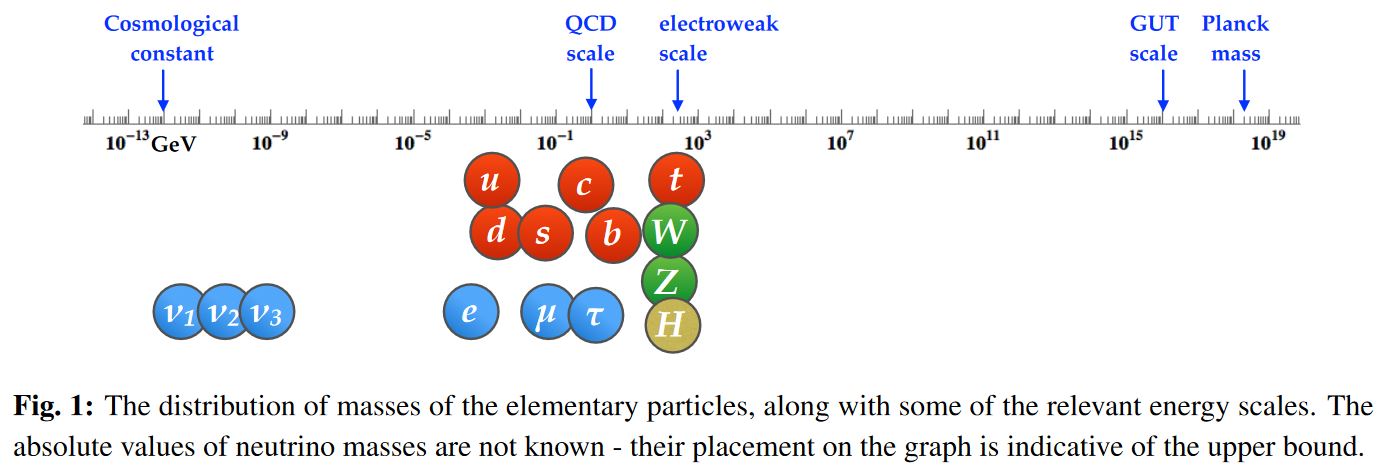nLab fundamental particle
Context
Physics
physics, mathematical physics, philosophy of physics
Surveys, textbooks and lecture notes
theory (physics), model (physics)
experiment, measurement, computable physics
-
-
-
Axiomatizations
-
Tools
-
Structural phenomena
-
Types of quantum field thories
-
Contents
Idea
In physics, by a fundamental or elementary particle one means a particle which is not a bound state of other objects, hence which is “indivisible”.
In computational practice this means that elementary particles are those that are really point-like, while non-elementary particles have a finite extension (if only in some averaged sense).
In the standard model of particle physics elementary particles include among the fermions the electrons and quarks, and among the bosons the photon and the Higgs boson. In contrast, all hadrons, hence all baryons, hence in particular the proton and neutron, are bound states of quarks, and then all nuclei are bound states of protons and neutrons, and all atoms are bound states of nuclei and electrons.
But of course, “atoms” get their name from a time when they were thought to be indivisible elementary particles, which highlights that the notion of what counts as “elementary” can change over time.
Various “beyond standard” models postulate that at least some of the currently understood elementary particles are in fact not so. For instance in “composite Higgs models” such as in technicolor models, the Higgs boson (which appears to be an elementary particle according to available measurements) is postulated to be a bound state and hence non-elementary.
In a slightly different manner, in usual string theory phenomenology none of the currently observed elementary particles would in fact be elementary, but all of them would arise as massless “states of strings”.
Examples
fields and particles in particle physics
and in the standard model of particle physics:
matter field fermions (spinors, Dirac fields)
| flavors of fundamental fermions in the standard model of particle physics: | |||
|---|---|---|---|
| generation of fermions | 1st generation | 2nd generation | 3d generation |
| quarks () | |||
| up-type | up quark () | charm quark () | top quark () |
| down-type | down quark () | strange quark () | bottom quark () |
| leptons | |||
| charged | electron | muon | tauon |
| neutral | electron neutrino | muon neutrino | tau neutrino |
| bound states: | |||
| mesons | light mesons: pion () ρ-meson () ω-meson () f1-meson a1-meson | strange-mesons: ϕ-meson (), kaon, K*-meson (, ) eta-meson () charmed heavy mesons: D-meson (, , ) J/ψ-meson () | bottom heavy mesons: B-meson () ϒ-meson () |
| baryons | nucleons: proton neutron |
(also: antiparticles)
hadrons (bound states of the above quarks)
minimally extended supersymmetric standard model
bosinos:
dark matter candidates
Exotica
Related concepts
Scales
length scales in the observable universe (from cosmic scales, over fundamental particle-masses around the electroweak symmetry breaking to GUT scale and Planck scale):

graphics grabbed from Zupan 19
References
- David Griffiths: Introduction to Elementary Particles 2nd ed., Wiley-VCH (2008) [pdf, pdf, Wikipedia entry]
See also
- Wikipedia: Elementary particle
Last revised on March 27, 2025 at 18:59:09. See the history of this page for a list of all contributions to it.